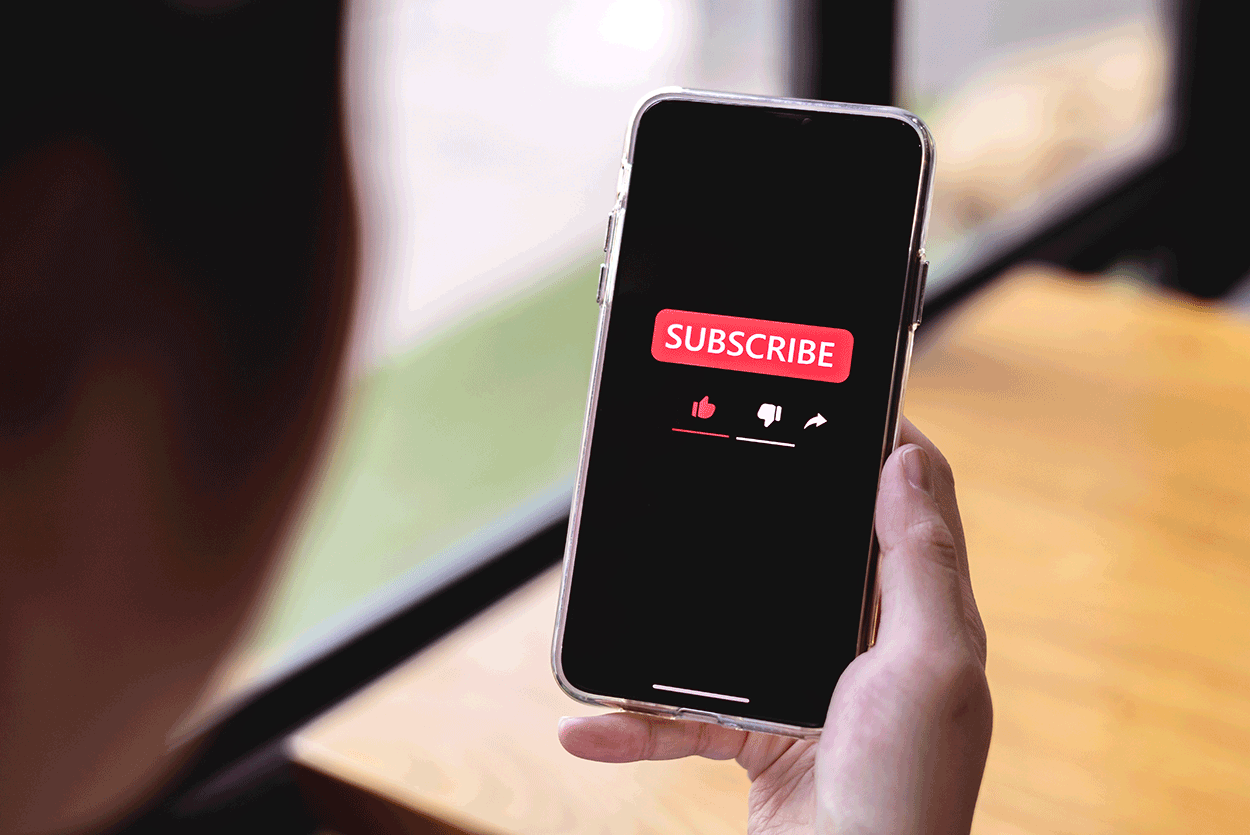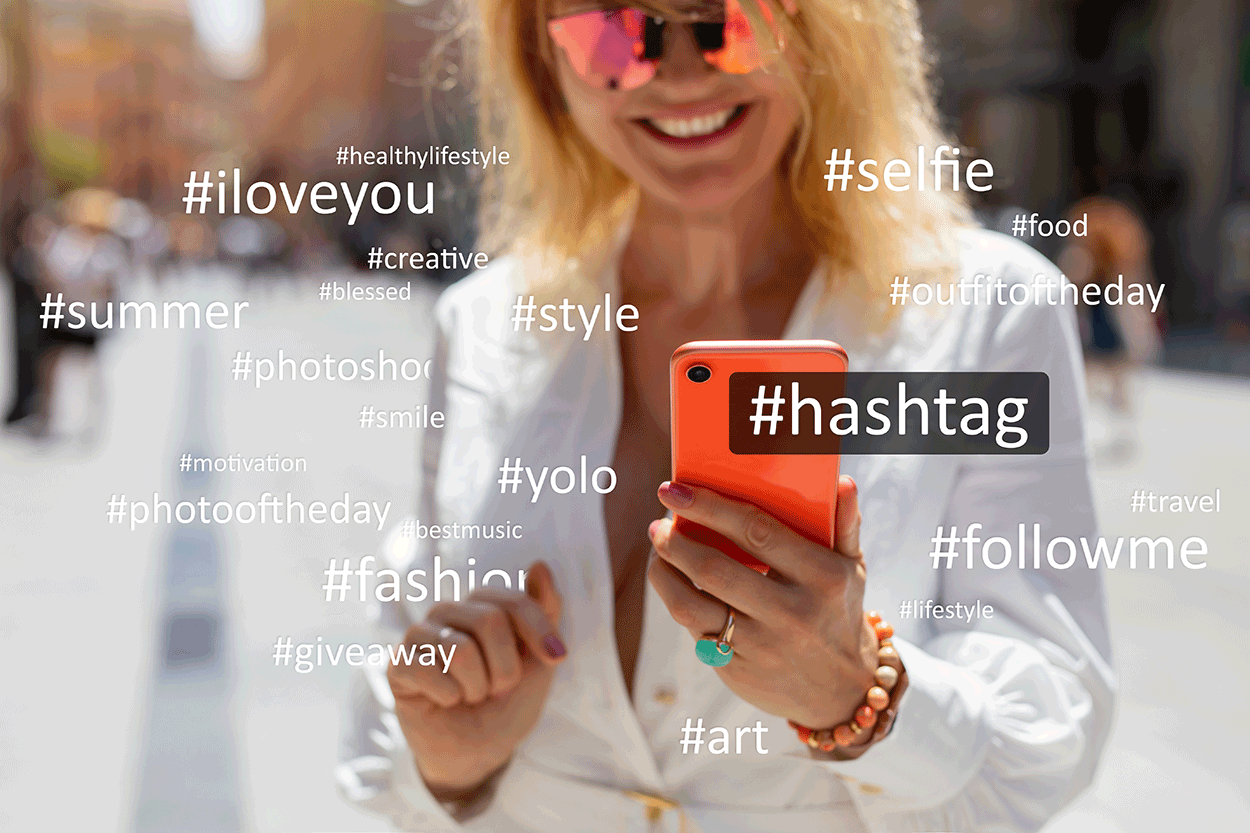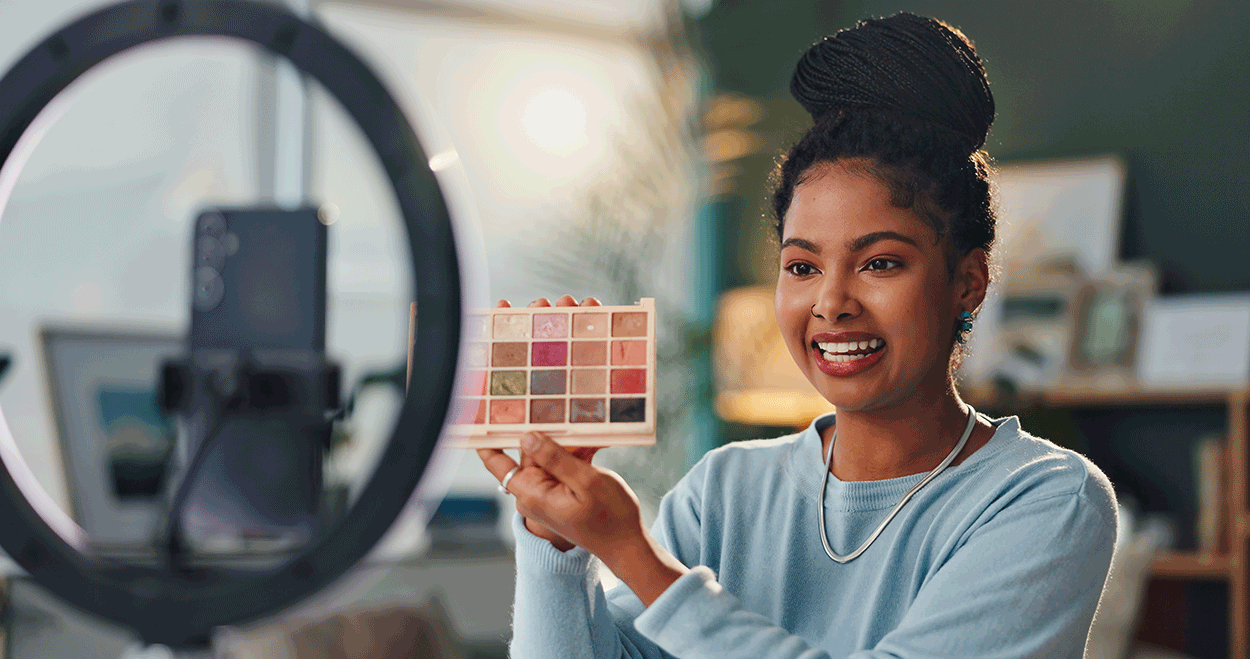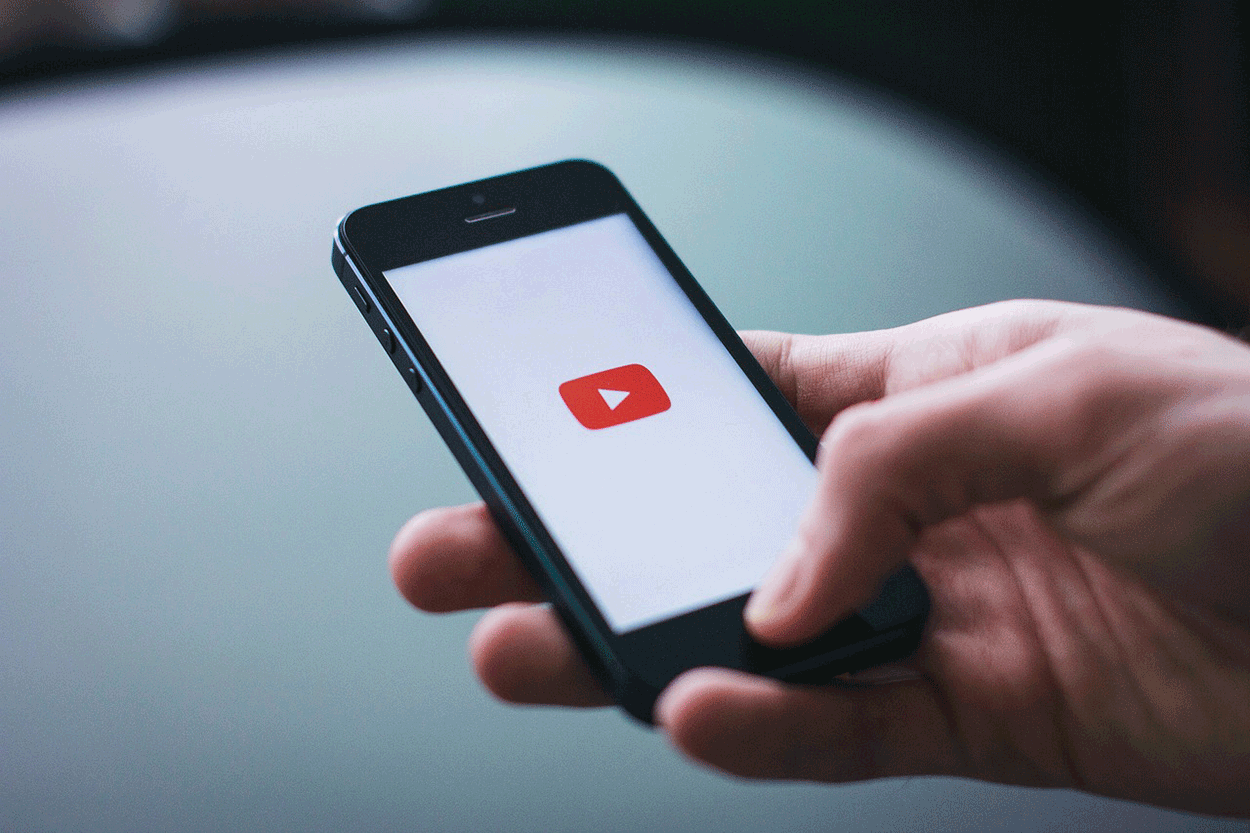Table of Contents |
Ratings in social media refer to the evaluations users give to content, products, or services, often in the form of stars, likes, or numerical scores. These ratings help other users gauge the quality or popularity of the content and can influence their decisions and perceptions. Recommendations in social media are suggestions made by the platform or users based on various factors such as user preferences, past interactions, and behavior. These can include recommended friends, pages, groups, or content that the platform’s algorithms believe will be of interest to the user. Recommendations aim to enhance user experience by providing personalized content that aligns with their interests and activities.
Ratings provide immediate feedback to content creators and businesses, helping them understand what resonates with their audience. High ratings can boost the visibility of content on social media platforms. Algorithms often prioritize highly rated content, making it more likely to appear in users’ feeds and recommendations. Ratings also contribute to the perceived trustworthiness and credibility of content. For example, a product with high ratings is more likely to be trusted by potential buyers, while a post with many likes is seen as more popular and engaging.
User engagement refers to the level of interaction, involvement, and interest that users have with a product, service, or content. It measures how much users are invested in a particular brand or platform and can be determined by various actions such as clicks, likes, shares, comments, and the amount of time spent on a website or app. Essentially, it reflects how valuable users find the product based on their interactions, such as downloading content, sharing it with others, and using the product’s features. Ratings encourage user interaction and engagement. When users rate content, they are more likely to feel involved and connected to the community, which can lead to increased participation and loyalty.
Ratings are important for Data Collection. Data collection is the systematic process of gathering and measuring information on specific variables to answer research questions and evaluate outcomes. This process involves using various methods and tools to collect accurate and relevant data, which can then be analyzed to gain insights and make informed decisions. Social media platforms collect and analyze rating data to improve their services and tailor content to user preferences. This data helps platforms understand trends, user behavior, and content performance. Social media networks use data collection to target advertisements and recommend content.
EXAMPLE
You’ve been daydreaming about taking a camping trip in the Rocky Mountains. You browse through your social media channels, exploring content about hiking, camping, and outdoorsmanship. You do some online browsing for tents and sleeping bags. The next time you go online, you see several ads for camping gear and outdoors equipment.Ratings influence user decisions, such as which products to buy, which services to use, or which content to consume. Positive ratings can drive sales and increase the popularity of content, while negative ratings can deter potential customers or viewers.
Likes, shares, and subscribes are fundamental actions on social media that indicate user engagement and interaction with content. A like is a quick way for users to show appreciation or agreement with a post, photo, or video. It provides immediate feedback to the content creator, signaling that their content resonates with the audience. Likes can also influence the visibility of content, as algorithms often prioritize posts with higher engagement. Sharing involves reposting content to one’s own feed or sending it to others. This action significantly amplifies the reach of the original post, exposing it to a broader audience. Shares are particularly valuable because they indicate that the content is compelling enough for users to want to spread it further, thereby increasing its potential impact and visibility. Subscribing to a channel or page indicates a deeper level of interest and commitment. Subscribers receive updates and notifications about new content, fostering a long-term relationship between the content creator and the audience. This ongoing engagement is crucial for building a loyal community and sustaining audience interest over time.

The importance of these actions lies in their ability to enhance content visibility, foster community engagement, and provide valuable feedback to creators. High levels of likes, shares, and subscribes can lead to greater exposure, increased credibility, and more opportunities for content creators to grow their audience and influence.
Text-based communication involves the exchange of written messages through platforms like Facebook, Twitter, and Instagram. This includes posts and status updates where users share their thoughts and experiences, comments and replies that create conversation threads, and direct messages for private interactions. Posts are pieces of content that users share on their profiles or timelines. These can include text, images, videos, links, or a combination of these elements. Posts are visible to the user’s followers or friends and can be interacted with through likes, comments, shares, and other reactions. They serve as a primary way for users to express themselves, share information, and engage with their audience. Status updates are brief messages that users post to share their current thoughts, activities, or feelings with their network. Conversation threads are sequences of messages or comments that follow an initial post or comment. They allow users to engage in ongoing discussions by replying to each other’s messages, creating a chain of related interactions. These threads help organize conversations, making it easier to follow the flow of dialogue and see how the discussion evolves over time. Direct messages (DMs) are private communications between users that are not visible to the public. DMs are often used for more intimate or confidential exchanges that users prefer to keep out of the public eye.
Additionally, users can share stories and captions, which are short-lived posts with accompanying text, and utilize hashtags and mentions to tag topics or other users, making content easier to find. Hashtags are keywords or phrases preceded by the hash symbol #, used on social media to categorize content and make it easily searchable. When users add hashtags to their posts, it helps others find content related to specific topics or trends. This form of communication is crucial for connecting with others, sharing information quickly, and engaging with a wider audience.

Stories are a dynamic and engaging feature that allows users to share short-lived posts, typically lasting for 24 hours before disappearing. This format is available on platforms like Instagram, Facebook, Snapchat, and WhatsApp. Stories can include a variety of content types such as photos, videos, text, and interactive elements like polls, quizzes, and stickers. Stickers are digital images or graphics that users can add to their posts, stories, or messages to enhance visual appeal and express emotions or ideas. They come in various forms, including emojis, animated graphics, and themed illustrations. Stories encourage users to share more spontaneous and casual moments from their daily lives without the pressure of creating permanent posts.
One of the key advantages of stories is their ability to provide real-time updates. Users can share what they are doing at the moment, whether it’s attending an event, traveling, or simply enjoying a meal. This immediacy helps followers feel more connected and engaged with the user’s experiences. Additionally, the slideshow format of stories allows for a more immersive and narrative-driven way to share content. Users can string together multiple photos and videos to tell a story or provide a comprehensive update on a particular activity or event.
Interactive elements within stories, such as polls, quizzes, and question stickers, further enhance engagement. These features invite followers to participate actively, providing their opinions, answering questions, or even suggesting topics for future stories. This interaction fosters a sense of community and dialogue between the user and their audience, making the experience more interactive and personal.
Stories also offer creative tools like filters, stickers, and drawing tools, allowing users to customize their content and express their personality. These tools can make stories more visually appealing and fun, encouraging users to experiment with different styles and themes. For businesses and influencers, stories provide a valuable platform for promoting products, sharing behind-the-scenes content, and connecting with their audience in a more authentic and relatable way.
Moreover, stories can be used strategically to drive traffic to other content. For example, users can include links in their stories, if the platform allows, to direct followers to blog posts, websites, or other social media profiles. This feature is particularly useful for marketers and content creators looking to increase their reach and engagement.
Reviews are evaluations or feedback provided by users about products, services, or experiences, shared on various platforms. These reviews can be in the form of written comments, where users detail their experiences and often accompany their feedback with a rating. Star ratings are a common method, allowing users to quickly convey their level of satisfaction through a numerical or star-based system. Simple reactions like thumbs up or down also indicate approval or disapproval. Additionally, users often tag brands or products in their posts to share their opinions, making it easier for others to find relevant reviews. Visual content, such as photos and videos, can complement written reviews, providing a more comprehensive view of the user’s experience. Social media reviews are crucial for businesses as they build social proof, influence purchasing decisions, and enhance online reputation. They offer valuable insights into customer sentiment, helping businesses improve their products and services based on real user feedback. By engaging with reviews, businesses can demonstrate their commitment to customer satisfaction and foster a positive relationship with their audience.
Social proof, also known as informational social influence, is a psychological phenomenon where people mimic the actions of others to reflect correct behavior in a given situation. When individuals are uncertain about how to act, they look to the behavior of others, assuming that others possess more knowledge about the situation. This concept is particularly powerful in ambiguous or uncertain situations. Social proof can manifest in various forms, such as customer reviews and ratings, social media metrics, testimonials and endorsements, and crowd behavior. Positive testimonials and high ratings can influence potential buyers to trust and purchase a product. The number of likes, shares, followers, or comments on social media posts can signal popularity and credibility, encouraging others to engage similarly. Recommendations from peers, influencers, or celebrities can persuade others to follow suit, believing these endorsements reflect a reliable choice. Seeing a large group of people engaging in a particular activity can prompt others to join, assuming the activity is worthwhile. Social proof leverages the human tendency to conform to the actions of others, especially when those others are perceived as knowledgeable or similar to oneself. This principle is widely used in marketing and user experience design to build credibility and encourage desired behaviors.
Social media influencers play a big role in building social proof. A social media influencer is an individual who has established credibility and a significant following on social media platforms. These influencers are known for their expertise, knowledge, or interest in a specific niche, such as fashion, beauty, travel, fitness, or gaming. By regularly creating and sharing content related to their niche, they build a loyal audience that trusts their opinions and recommendations.

Influencers can affect the purchasing decisions and behaviors of their followers due to their perceived authority and authenticity. They often collaborate with brands to promote products or services, leveraging their reach to create trends and drive engagement. Influencers range from mega-influencers with millions of followers to micro-influencers with smaller, highly engaged audiences.
Images and videos are essential components of social media, significantly enhancing user engagement and content appeal. They help tell compelling stories by conveying emotions, experiences, and narratives more effectively than text alone. Businesses use high-quality visuals to showcase products and services, highlighting features and creating a strong brand identity. Visual content attracts more attention and interaction, with posts featuring images or videos receiving more likes, comments, and shares. Platforms like Instagram and TikTok thrive on visual content, where users engage with short videos and aesthetically pleasing images.
Various types of image and video file formats are used on social media to ensure compatibility and quality. Common image formats include JPEG, PNG, and GIF. JPEG is widely used for its balance of quality and file size, making it ideal for photos. PNG supports transparency and is great for graphics and logos. GIFs are popular for short, looping animations. For videos, MP4 is the most common format due to its compatibility and efficient compression, maintaining good quality with manageable file sizes. MP4, also known as MPEG-4 Part 14, is a digital multimedia format commonly used to store video and audio. It can also hold other data such as subtitles and still images. Other formats like MOV and AVI are also used, especially for higher quality or specific platform requirements. MOV is a multimedia format developed by Apple Inc. It is primarily used for storing video and audio data but can also include text, images, and other media types. AVI, which stands for Audio Video Interleave, is a format developed by Microsoft. Introduced in 1992 as part of the Video for Windows software, AVI files can contain both audio and video data in a single file, allowing for synchronous playback.
File size is a critical consideration for social media content. Larger files can take longer to load, potentially leading to a poor user experience and negatively affecting engagement and brand perception. Fast load times are essential for web-based media, and social media is certainly no exception. Social media platforms often have specific guidelines for optimal image and video sizes to ensure quick loading times and high-quality display. For instance, Instagram recommends a resolution of 1080x1080 pixels for square images and 1080x1920 pixels for stories and reels. Adhering to these guidelines helps avoid issues like pixelation, slow load times, and improper cropping.
Podcasts are a popular form of audio content on social media, used for sharing in-depth discussions, interviews, and storytelling. They are digital audio files made available on the internet for downloading to a computer or mobile device. Typically, they are part of an episodic series, with new installments that subscribers can receive automatically. Podcasts cover a wide range of topics, from news and education to entertainment and personal stories. They can be listened to at any time, making them a convenient way to consume content on the go. They can be shared directly on platforms like Facebook and Twitter or linked from podcast hosting sites. Sound effects, which are short audio clips, emphasize actions, transitions, or reactions in videos, making content more dynamic and entertaining. These are often used in gaming videos, memes, and short clips.
Audio clips are short segments of sound recordings that can include music, speech, sound effects, or any other type of audio. They are often used in social media posts, videos, and other digital content to enhance the experience and convey messages more effectively. For example, on platforms like Instagram and TikTok, users might add audio clips to their stories or videos to make them more engaging. These clips can be anything from a snippet of a popular song to a funny sound effect or a brief voiceover. Music clips, especially on platforms like TikTok and Instagram Reels, allow users to add popular music to their short videos, making them more entertaining and relatable. These clips can help videos go viral by tapping into trending sounds.
GIFs, or Graphics Interchange Format, are a type of image file that supports both static and animated images. They are particularly popular on social media due to their ability to convey emotions, reactions, and humor in a short, looping format. One of the characteristics of GIFs is their looping animation, which can continue indefinitely, making them perfect for short, repetitive animations. Unlike videos, GIFs do not contain audio and consist of a limited number of frames, which keeps their file size small and easy to share. This also makes them quick to load on various platforms. GIFs are widely compatible with most web browsers and social media platforms, adding to their versatility.
People use GIFs for various purposes, such as expressing emotions, sharing humor, and creating memes. They are also useful for tutorials and demonstrations, as well as marketing and advertising, where brands use them to create engaging and eye-catching content. On social media, GIFs have become a staple, often appearing in comments, posts, and direct messages to add a layer of expression and engagement.
Memes are cultural symbols or social ideas that spread virally, often in the form of images, videos, or text, typically involving humor to convey a message, joke, or trend. They are characterized by their humor, relatability, virality, and adaptability, making them highly engaging and shareable. Memes are created and shared across social media platforms, forums, and messaging apps, often starting in niche communities before gaining wider popularity. Tools like meme generators and editing software facilitate the creation and sharing of memes. Memes significantly impact internet culture and communication, influencing public opinion, spreading awareness about social issues, and becoming part of mainstream media. Both GIFs and memes are popular on social media for their ability to quickly and effectively communicate ideas and emotions in a fun and engaging way.
User-generated content is content created by users and shared across social media such as posts, reviews, testimonials, and personal stories, which add authenticity and community engagement. User-generated content fosters community and authenticity, while live streaming allows real-time interaction, providing immediacy and personal connection. Live streaming is the process of broadcasting video and audio content in real-time over the internet. Unlike pre-recorded videos, live streams are transmitted as they happen, allowing viewers to watch events, performances, or broadcasts as they unfold. This technology is widely used for various purposes, including social media interactions, gaming, sports events, concerts, and news coverage. Live streaming platforms like Twitch, YouTube Live, and Facebook Live enable users to broadcast their content to a global audience. These platforms often include interactive features such as live chat, where viewers can comment and interact with the broadcaster and other viewers in real-time. This interactivity makes live streaming a dynamic and engaging way to share content and connect with audiences. The popularity of live streaming has grown significantly, driven by its ability to provide immediate and authentic experiences. Whether it’s a live concert, a gaming session, or a breaking news event, live streaming allows people to participate and engage with content as it happens.
User-generated content and social media have a symbiotic relationship that significantly enhances the digital landscape. Social media platforms like Instagram, TikTok, Facebook, and YouTube thrive on the content created by their users. This user-generated content includes everything from photos and videos to reviews and blog posts, which are shared widely across these platforms.

The relationship between user-generated content and social media is mutually beneficial. For users, social media provides a space to share their experiences, opinions, and creativity with a broad audience. This sharing fosters a sense of community and engagement, as users interact with each other’s content through likes, comments, and shares. For brands, user-generated content offers an authentic and relatable way to connect with their audience. By encouraging customers to create and share content related to their products or services, brands can build trust and loyalty. This content often serves as social proof, influencing potential customers’ purchasing decisions.
Moreover, social media platforms use algorithms that favor engaging and popular content, often pushing user-generated content to the forefront. This visibility can lead to viral trends and widespread recognition for both the content creators and the brands involved. Brands often leverage user-generated content in their marketing strategies by running campaigns, contests, and featuring user content on their official channels. This not only boosts engagement but also provides a wealth of content that can be repurposed for various marketing efforts.
In essence, user-generated content and social media are deeply intertwined, each driving the other’s growth and success. This relationship creates a dynamic and interactive online environment where users and brands can connect, share, and thrive.
Source: THIS TUTORIAL WAS AUTHORED BY SOPHIA LEARNING. PLEASE SEE OUR TERMS OF USE.